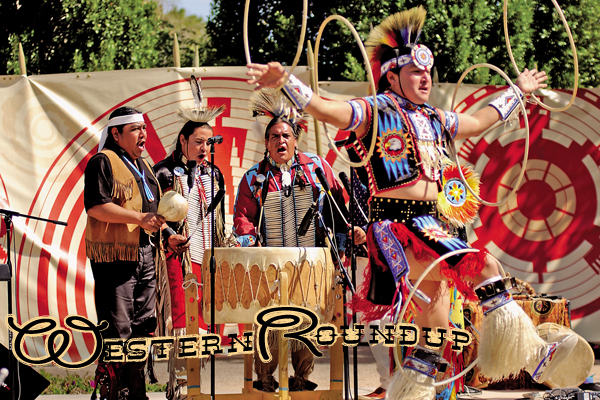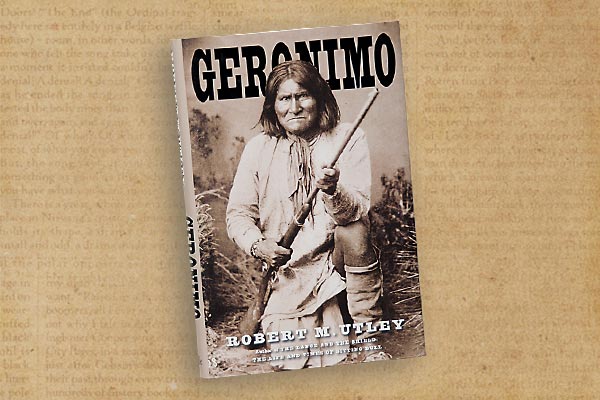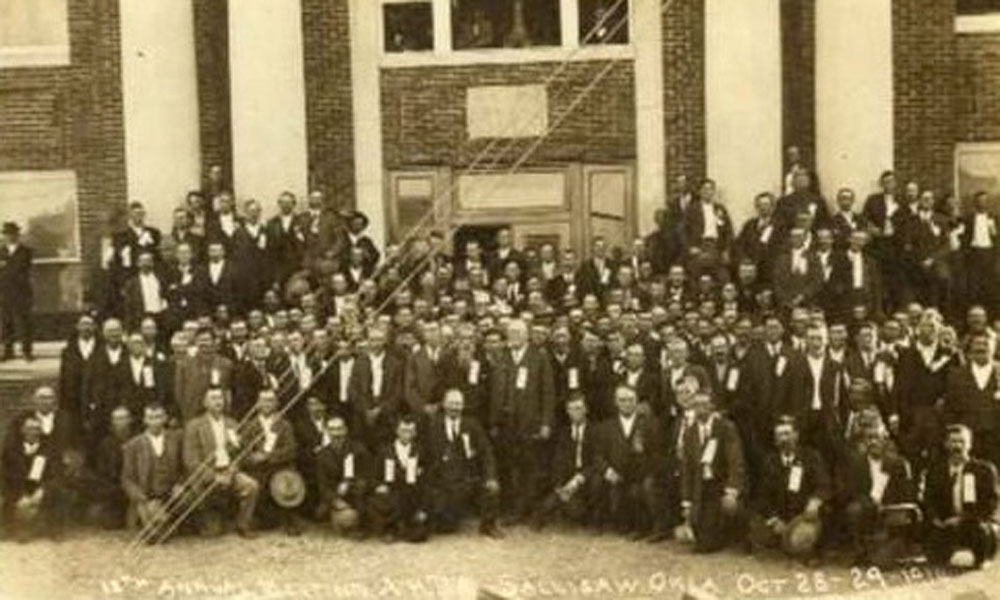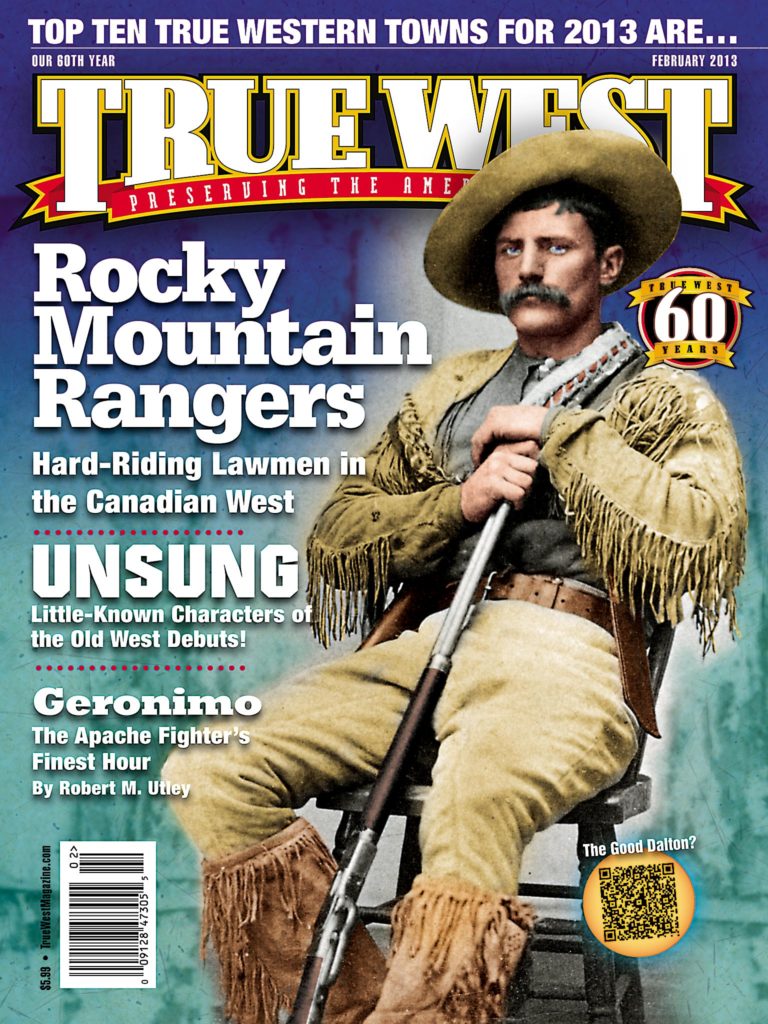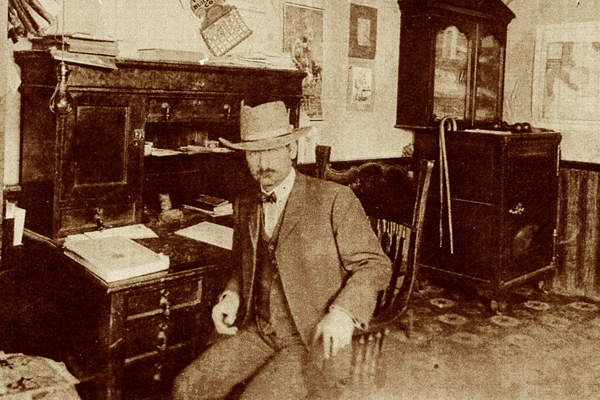 “His throne was a saddle horse and his sceptre a six-shooter…. He was truly typical of the Old West, of uncompromising attitude with the lawless and no mercy for those who tear down conventions, and regret is that some biographer has not compiled his life story, with all its romance and intriguing incidents to hand down to future generations.”
“His throne was a saddle horse and his sceptre a six-shooter…. He was truly typical of the Old West, of uncompromising attitude with the lawless and no mercy for those who tear down conventions, and regret is that some biographer has not compiled his life story, with all its romance and intriguing incidents to hand down to future generations.”
So went the obituary of Eugene Marion Horton upon his death on April 15, 1934, the day of his 80th birthday. Though few remember his name today, he certainly led a life worthy of retelling, as his obituary scribe proclaimed.
Horton was born in Clinton, Iowa, in 1854 and grew to manhood in that state, graduating from Penn College in Oskaloosa. After marrying Jennie Beckner in December 1881, Horton started a business with his younger brother, George, driving horses up the Western Trail, from Old Mexico through Texas and Indian Territory, to sell in Kansas.
On one of those drives, in May 1884, a renegade Indian, Running Buffalo, and his band of 60 ambushed Horton’s crew and their 405 horses. When Running Buffalo failed to stampede the herd, he attempted to shoot Horton off his horse. Horton jumped from his mount and put one bullet from his Colt .44-40 Frontier six-shooter through the head of Running Buffalo’s horse and into the chest of the renegade.
This may have been when Horton coined his maxim on herd driving: “The fun soon gets as thin as moonlight on a shovel!”
After eight years of adventurous biannual drives on the Western Trail, Horton settled into ranching and farming near Rawlins, Wyoming. The call of adventure caught up to him, though, and Horton was appointed deputy sheriff of Carbon County in 1898, during the time of Butch Cassidy and the Wild Bunch’s reign of train robberies. Horton rode with Deputy U.S. Marshal Joe LeFors on posses chasing the Wild Bunch, and he is even mentioned in LeFors’s autobiography.
Horton was later elected Carbon County sheriff in 1902 and was one of the official witnesses at the November 1903 hanging of Tom Horn—executed for allegedly murdering Willie Nickell.
He was elected to two more terms as sheriff before he finally retired, in 1909, to his ranch in Yoder, where he spent the rest of his days.
Horton’s family still owns the Colt six-shooter he used to put down Running Buffalo, as well as a piece of the rope that ended Tom Horn’s life—two pieces of history that keep alive the unsung story of Eugene Horton.
Roger Peterson kindly shared his great grandfather’s story with us. Do you know about an unsung character of the Old West whose story we should share here? Send the details to editor@twmag.com, and be sure to include high-resolution historical photos.


